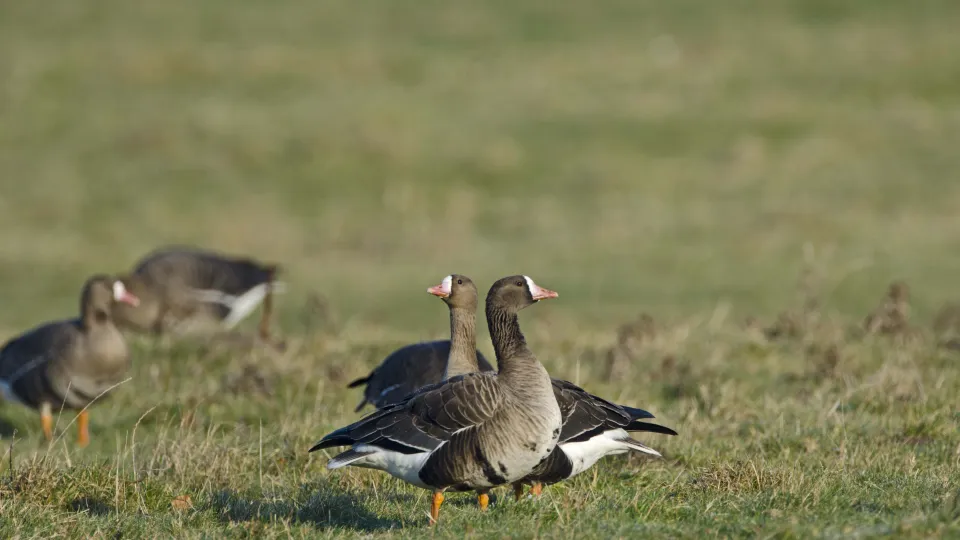
White-fronted goose
The white-fronted goose lives up to its name - look out for the white patch on its forehead and around its bill. It does not breed in the UK, but flies here from Greenland and Siberia for the 'warmer' winter weather.
Birds only: Red list species are those that are Globally Threatened according to IUCN criteria; those whose population or range has declined rapidly in recent years; and those that have declined historically and not shown a substantial recent recovery.

The white-fronted goose lives up to its name - look out for the white patch on its forehead and around its bill. It does not breed in the UK, but flies here from Greenland and Siberia for the 'warmer' winter weather.
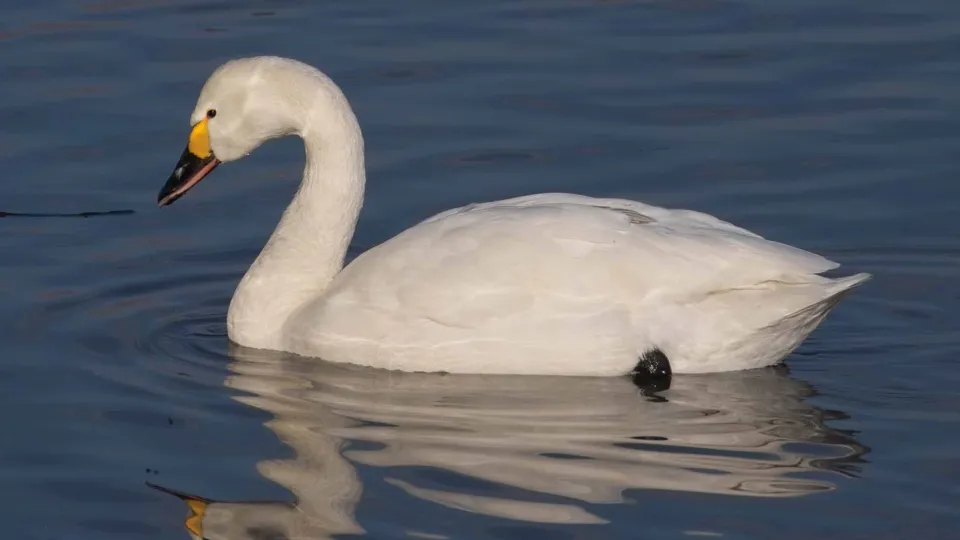
A winter visitor, the well-travelled Bewick's swan is the smallest of our swans. It has more black on its yellow-and-black bill than the whooper swan. Look out for it around Eastern England and the Severn Estuary.
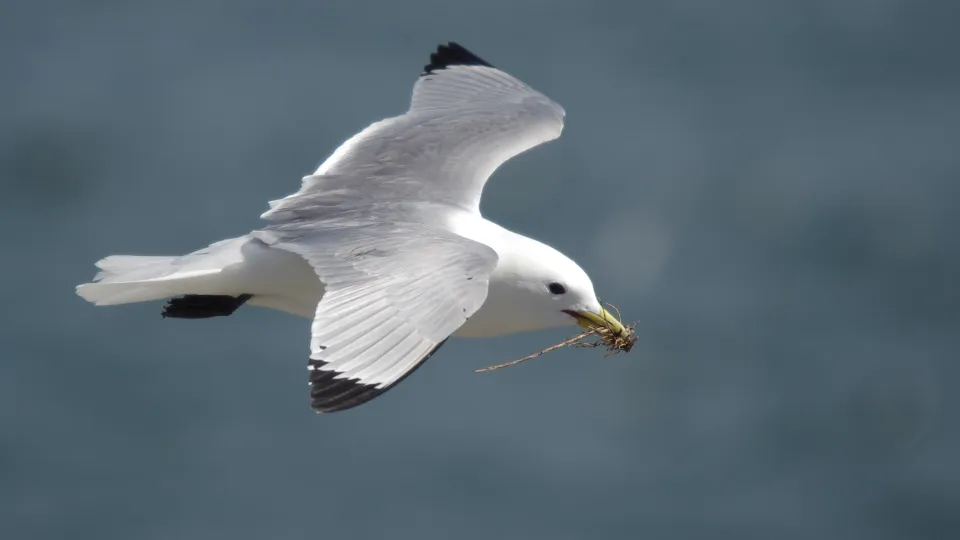
A pretty, little gull, the kittiwake can be spotted nesting in colonies on clifftops and rock ledges around the UK's coast. It spends the winter out at sea.
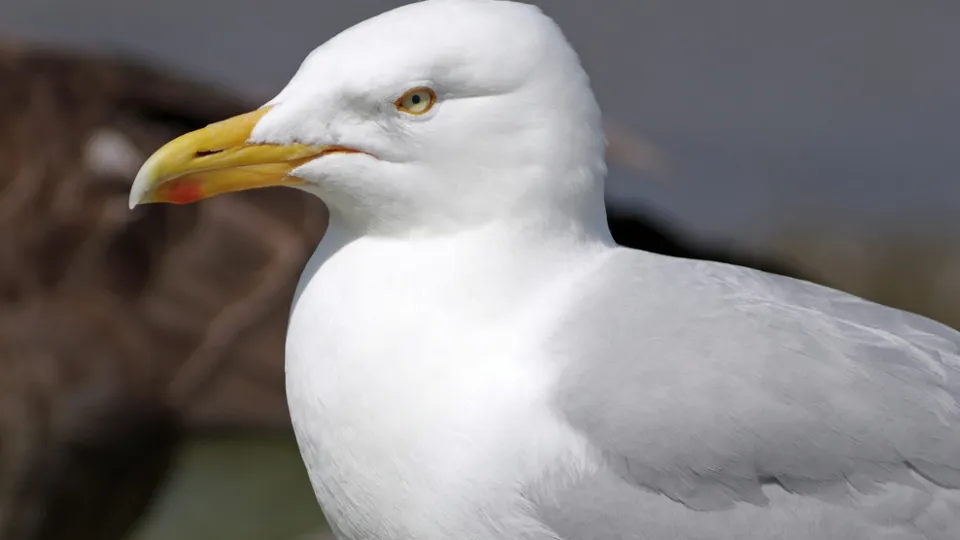
The herring gull is the typical 'seagull' of our seaside resorts, though our coastal populations have declined in recent decades.
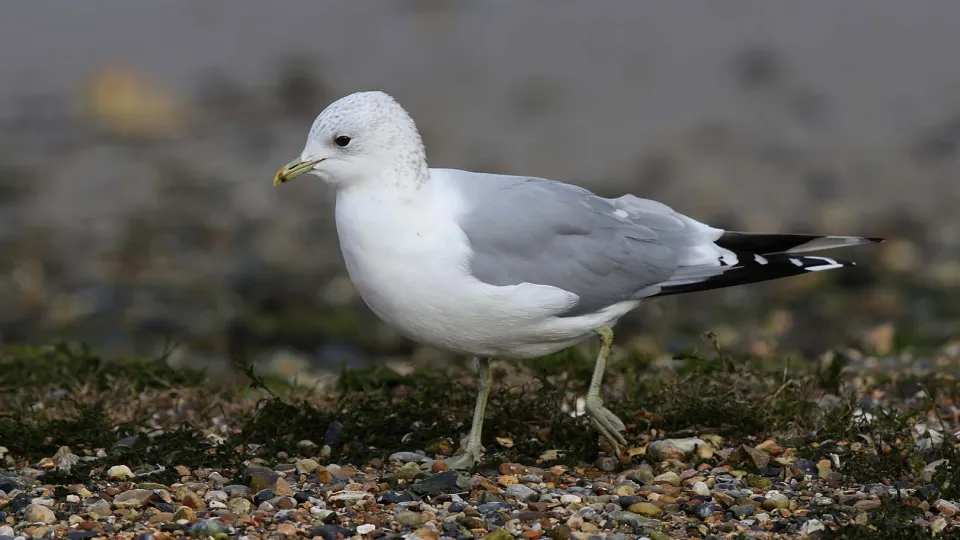
Despite its name, the common gull is not as common as some of our other gulls. It can be spotted breeding at the coast, but is also partial to sports fields, landfill sites and housing estates in winter.
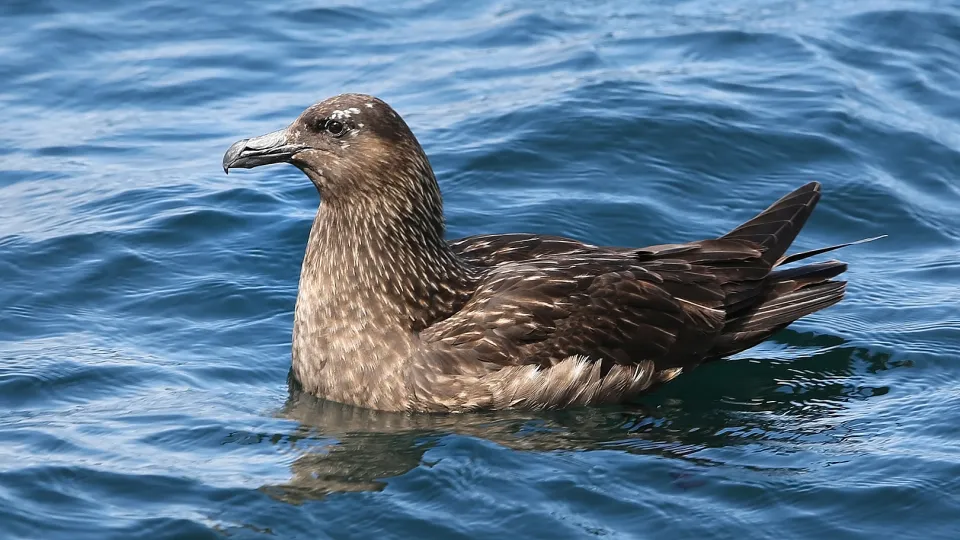
A fierce pirate of the sea, the great skua is renowned for stealing fish from other seabirds and dive-bombing anyone that comes near its nests. It breeds on the Scottish Isles.
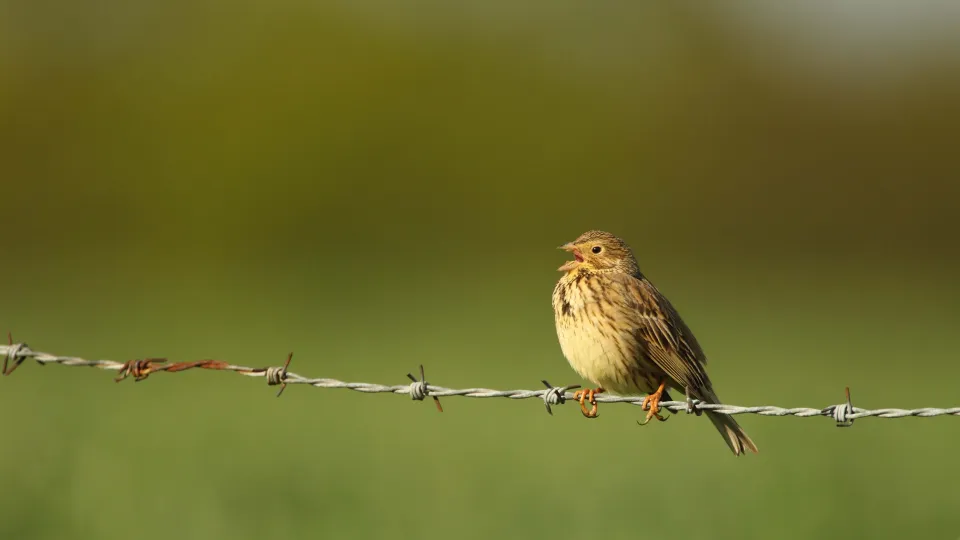
Like many of our farmland birds, the corn bunting has declined in number in recent years. Spot this streaky brown, thick-billed bird singing from a wire or post - it sounds just like a set of jangling keys!
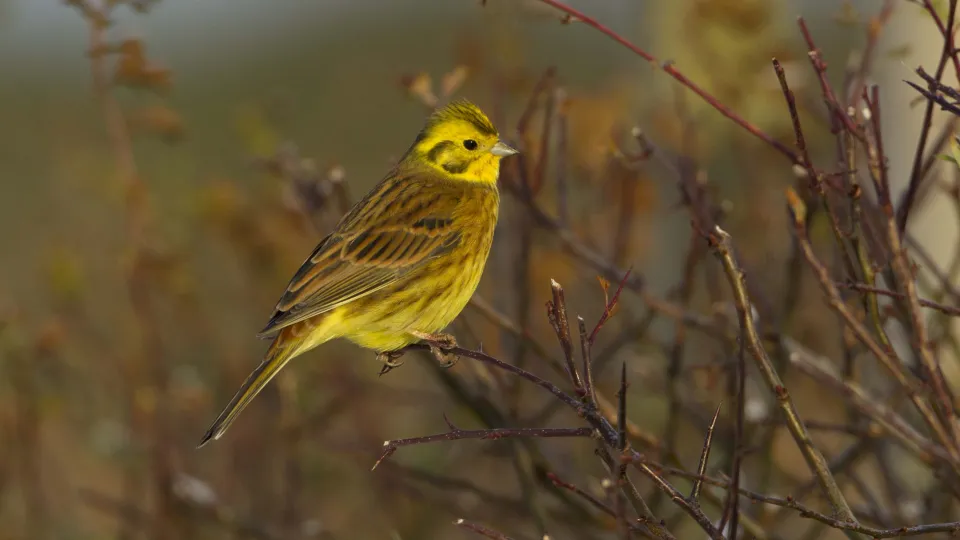
Like many of our farmland birds, the yellowhammer has declined in number in recent years. Spot this bright yellow bird singing from the top of a bush or fence, or in a mixed-species flock in winter.
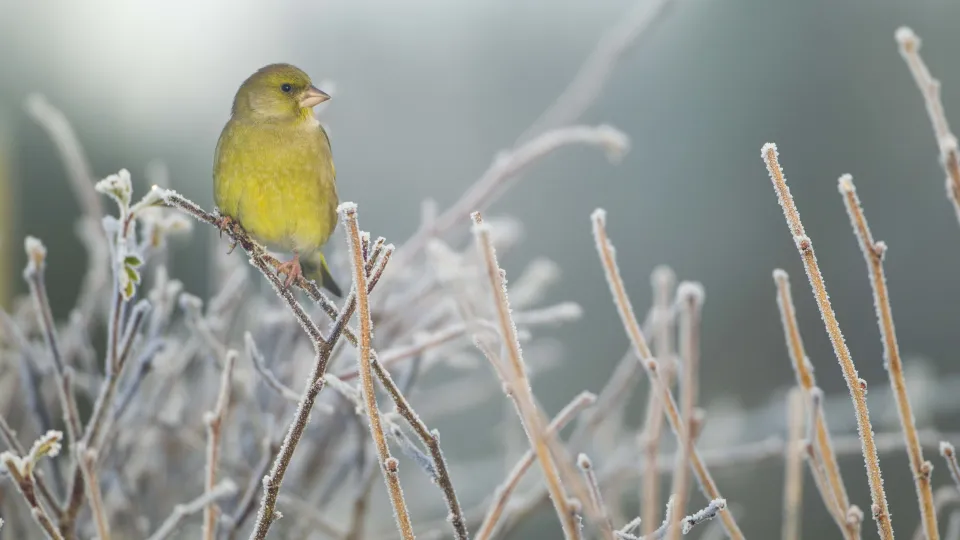
An attractive, olive-green bird, the greenfinch regularly visits birdtables and feeders in gardens. Look for a bright flash of yellow on its wings as it flies.
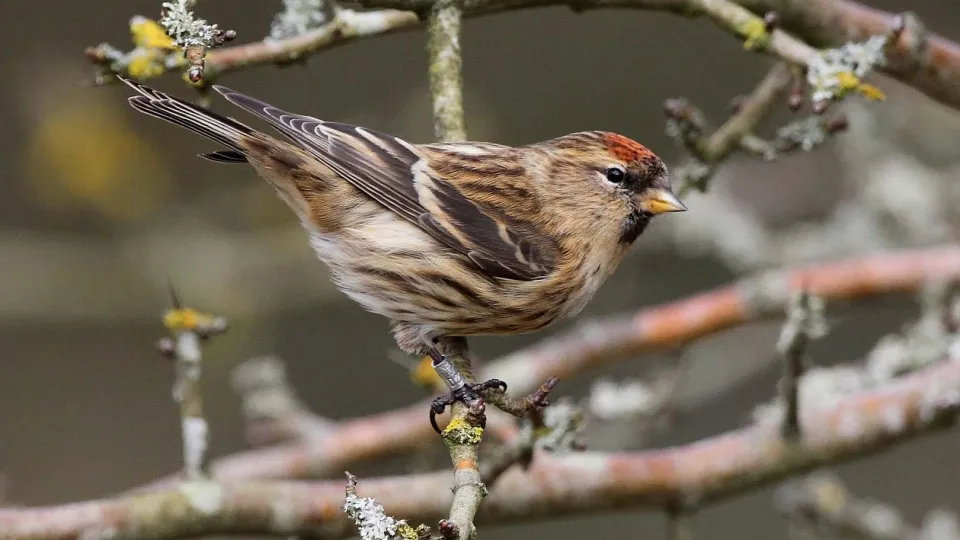
Traditionally a small finch of woodland and scrub, it appears that the lesser redpoll is now moving into our gardens. It has a streaky brown body, red forehead and black bib, and mostly feeds on seeds.